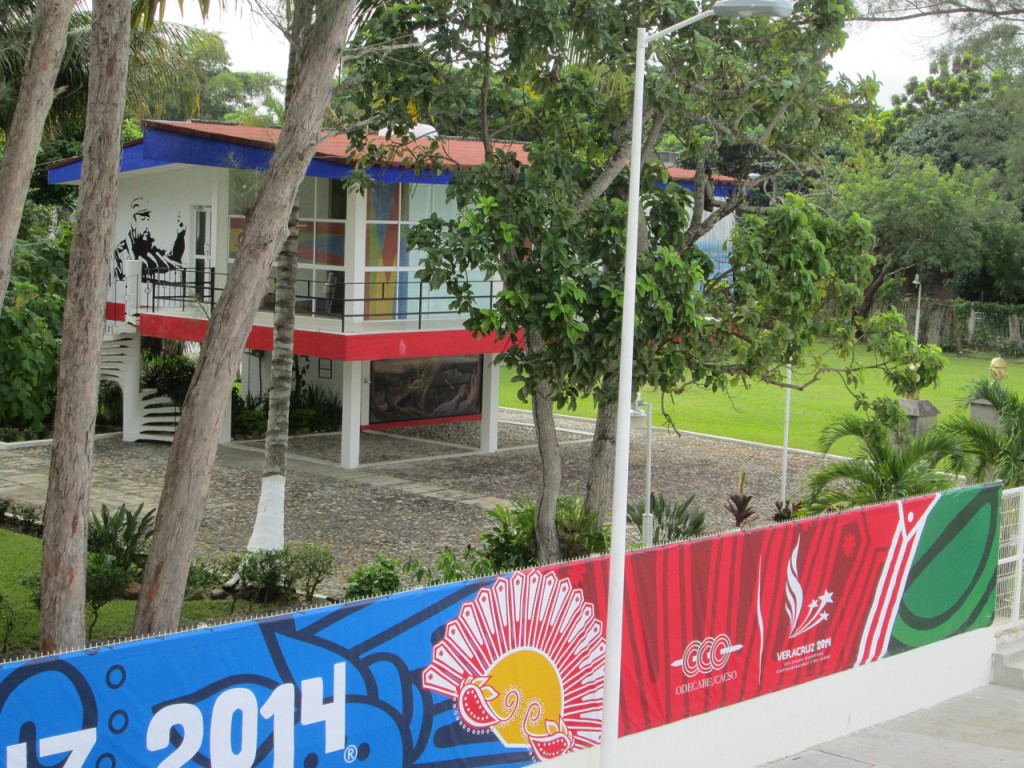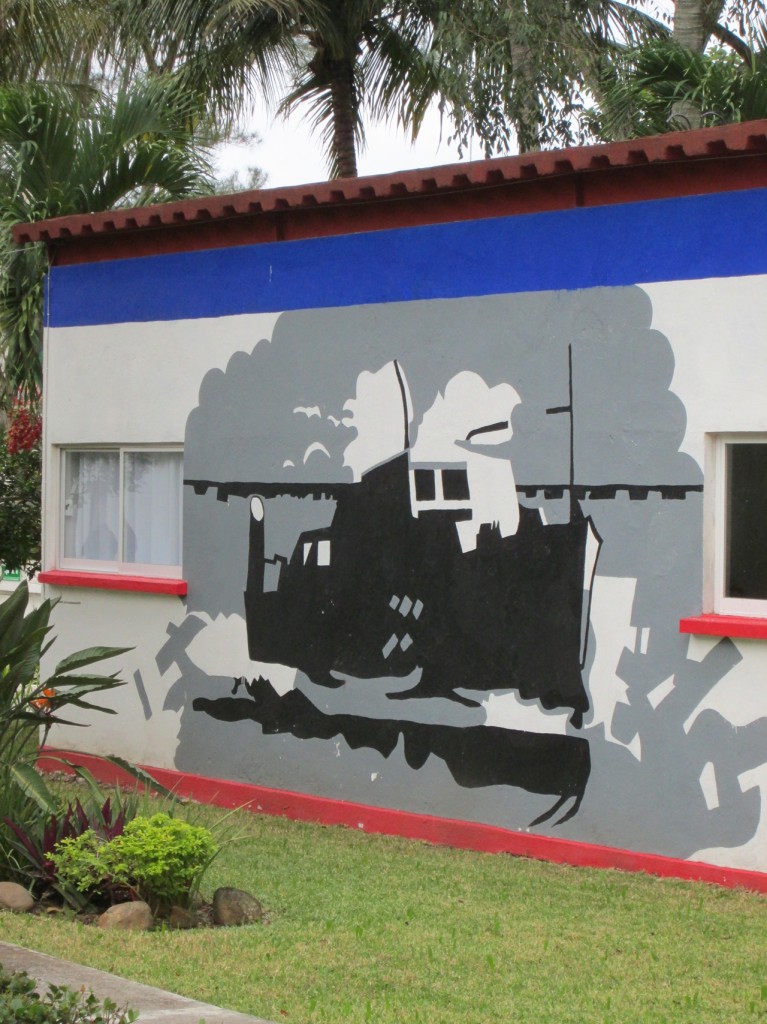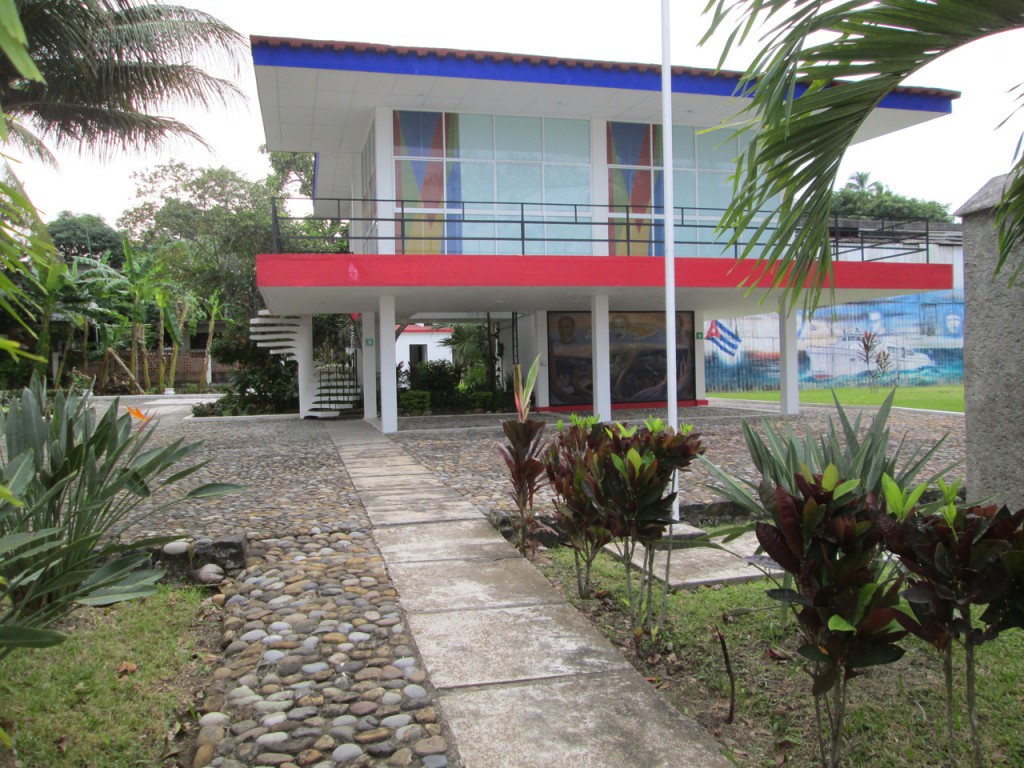Tuxpan. – It was a great symbolism that Cuba obtained the first golden medal in the XXII Central American and Caribbean Games in the waters of Tuxpan River, just in the place from where 58 years ago set sail the Granma Yacht with the members of an expedition, to dock in Playas Las Coloradas in Cuba, with the goal to continue fighting for the Cuban independence.
Many understood it was a matter of honor to get to the far away port city, 300 kilometers far, and there were many the procedures carried out to do it. Fortunately, we had the support of our consulate in Veracruz and we travelled there through the road that almost took us all the dawn and ended at the beginning of the day, in front of the cold and gray image of the wide river and the small village, watched from Tuxpan’s high bridge.
The most important question was of course done:
Where are the Museum of the Cuban-Mexican Friendship and the adjoining track for canoeing of the Games? And the answers, undoubtedly, showed us to take a street towards north, contrary to the fluvial currents. All of a sudden we could see the place was familiar to the villagers, while our sport light ponchos caused greetings, praises and the already comforting phrase Long Live to Cuba!
The accesses to the place were taken by the security guards, but as soon we identified as Cuban journalists, they immediately opened the siege, and even managed our kind conductor Jesus could join us.
Then we started another “battle” even more decisive and strong, because when we stopped at the main entrance of the Museum we read with great confusion: Closed for Remodeling. The tactics will be the same days before to persuade as much as people we could searching for help to trespass the wrought-iron gate of that beautiful place, distinguished by banners with images from Fidel Castro, Ernesto Guevara and Granma Yacht; by a small golden statue of the National hero Jose Marti; by well built buildings painted in red and while; and by meticulous and colorful gardening.
The volunteers were our first aids in the effort. They called with the cell phones to one and another person of the institution and even to the mayor’s office. All the news were bad until noon, when finally they led us walk in the areas inside the Museum, together with the coordinator Nancy Karina del Angel. She told us the facility exhibits little known photos of the Commander in Chief, as well as interactive software which illustrate the crossing and bad weather conditions the expedition suffered. Thousands of children from the community visit this museum, and they will in the future, have a video game on this topic. Our dialogue was interrupted by the chord of the Cuban national anthem coming from the award ceremony. I thought that 58 years ago there was silence, darkness so they could set sail, but this time, the anthem was heard loud and clear, there was light, joy, hope and several golden medals.
Acerca del autor
Licenciado en Periodismo de la Universidad de La Habana (UH). Especialista en los deportes de boxeo, voleibol, lucha, pesas y otros. Cubrió los XV Juegos Panamericanos de Río-2007, los XXX Juegos Olímpicos de Londres 2012, la final de la Liga Mundial de Voleibol 2011 y otros eventos internacionales celebrados en Cuba. Profesor de Teoría en la Comunicación de la UH y la Universidad Agraria de La Habana. Imparte cursos de esta y otras materias en diversas instituciones del país como el Instituto Internacional de Periodismo José Martí. Ha obtenido premios y menciones en el Concurso Nacional de Periodismo Deportivo José González Barros.




